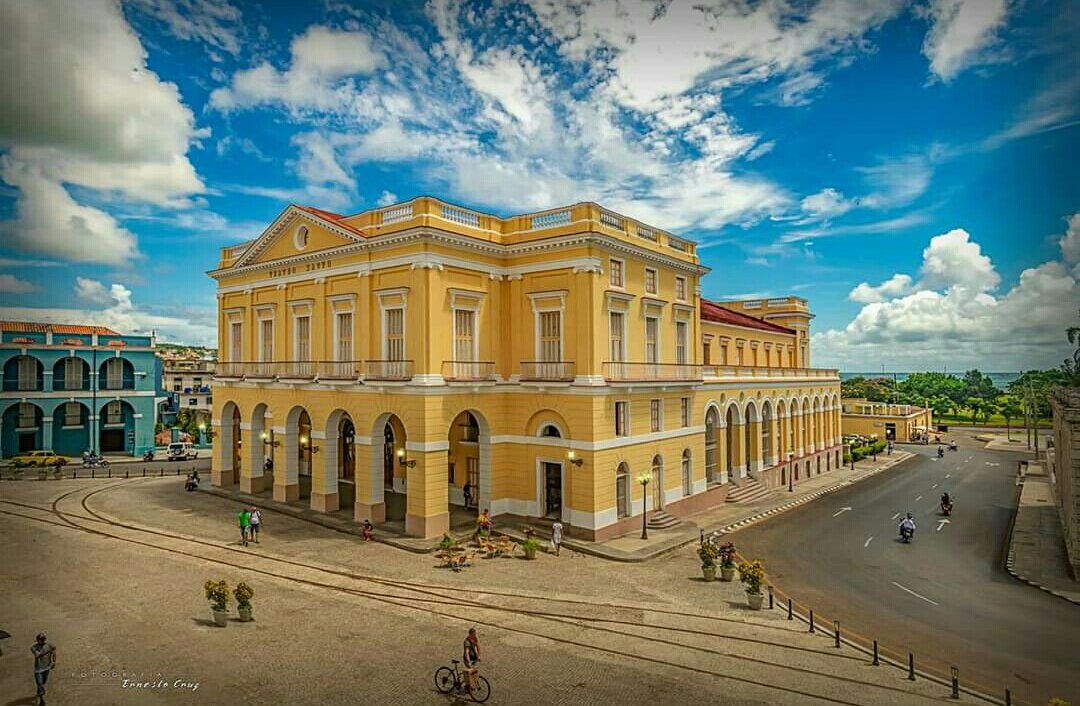Matanzas: The Athens of Cuba
If you want to know about religion, music and Afro-Cuban history, you must visit Matanzas. It’s on the northern coast of the island, east of Havana, and its history has been shaped by its sea connections. The name itself refers to a rebellion by Ciboney aborigines against European colonizers that took place on the shores of Matanzas Bay.
Puente Canímar
Either way, Matanzas is a city with many nicknames. Its main rivers, according to locals, are the veins through which the city's blood passes. What a poetic way to describe their beauty. It happens that this city is the mother of several recognized personalities of Cuban intellectual and cultural life, specifically poets and musicians. For that reason why she was known as "The Athens of Cuba", during the XIX and XX centuries. You can also hear her referred to as "The City of Bridges" because of the more than 20 bridges that cross it; five of them are 100 years old and still in use. We could go on and on with the city’s numerous names — "The Venice of the Caribbean", "The Sleeping Woman"— let's see which one you choose when you visit!
Ireme costumes of Abakuá
The plantations just outside Matanzas were the most prolific producers of sugarcane in the times of the Spanish colony. She holds the bitter memories of slavery and West and Central African traditions. Within Cuba, only Matanzas and Havana preserve Abakuá, an all-male mutual aid society with a strong religious element, similar to Masonry, that came from the Efik ethnic group of Calabar, Nigeria. In contrast to Catholic, Christian and atheist beliefs, Matanzas is known for its Santería community (stay tuned for our upcoming Santería blog). Many Cubans from other regions travel to this city in search of the advice of their Santeros, religious godparents. Based on ancient Yoruba customs, this city preserves the rites, songs, and practices of the Yoruba people. Through the UNESCO Slave Route Project, you can learn about the subhuman conditions in which black slaves were forced to live while cultivating sugar cane, a product that gave this city its architectural and commercial splendor.
Plaza Vigia
Architecture lovers should note that Matanzas was the first modern city founded in Cuba and one of the first among all Spanish colonies in the Americas. Unlike the regular, low medieval Spanish urbanism, the city of Matanzas was erected under the provisions established by the king in the “Laws of the Indian Population” from the 19th century. These provisions showcased the modern and illustrated concerns for planning based on principles of order, regularity and cleanliness. You can enjoy the symmetry of the urbanization projected according to the illustrated ideals and you will be impressed with the magnificence of structures such as the Teatro Sauto, the Cathedral and the San Severino Castle..
Cultural syncretism is another part of Matanzas' heritage, manifested in the music and dance of rumba and danzón. The first, the fruit of lucumí, arará and gangá-bantú culture, was classified as intangible cultural heritage by UNESCO in 2016. The second, ballroom music danced by the wealthy during the colony, is the national dance of Cuba. But that is not all, nowadays you can also listen to jazz, the novísima trova and even some rock bands, among which the “Rice and Beans” band** stands out for its curious name.
On the San Juan River
Today, Matanzas is a city that presents its visitors with centuries of history, due in part to the amazing conservation work of its historian's office. Blessed for its position between Havana and Varadero, it would be regrettable to travel to either of these places and not make a stop in this beautiful city. Matanzas’ hectic provincial life is full of motorcycle taxis; novel private businesses, born from recent economic reforms; cultural promenades, built near the arteries of the city, its rivers; an increasingly intense and varied cultural life; and refreshing beaches and underground caves. All of this makes Matanzas a destination for all those who visit Cuba.





